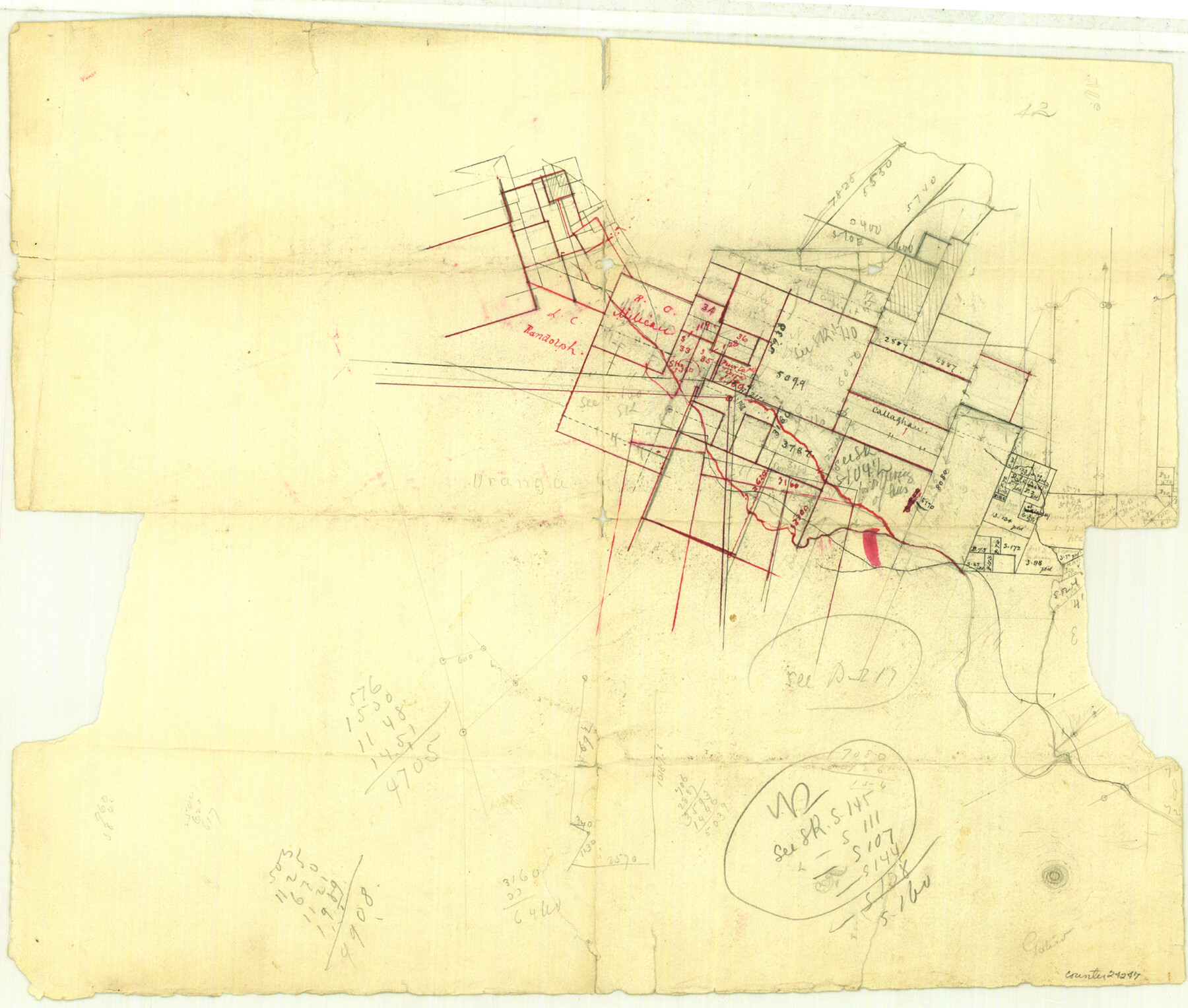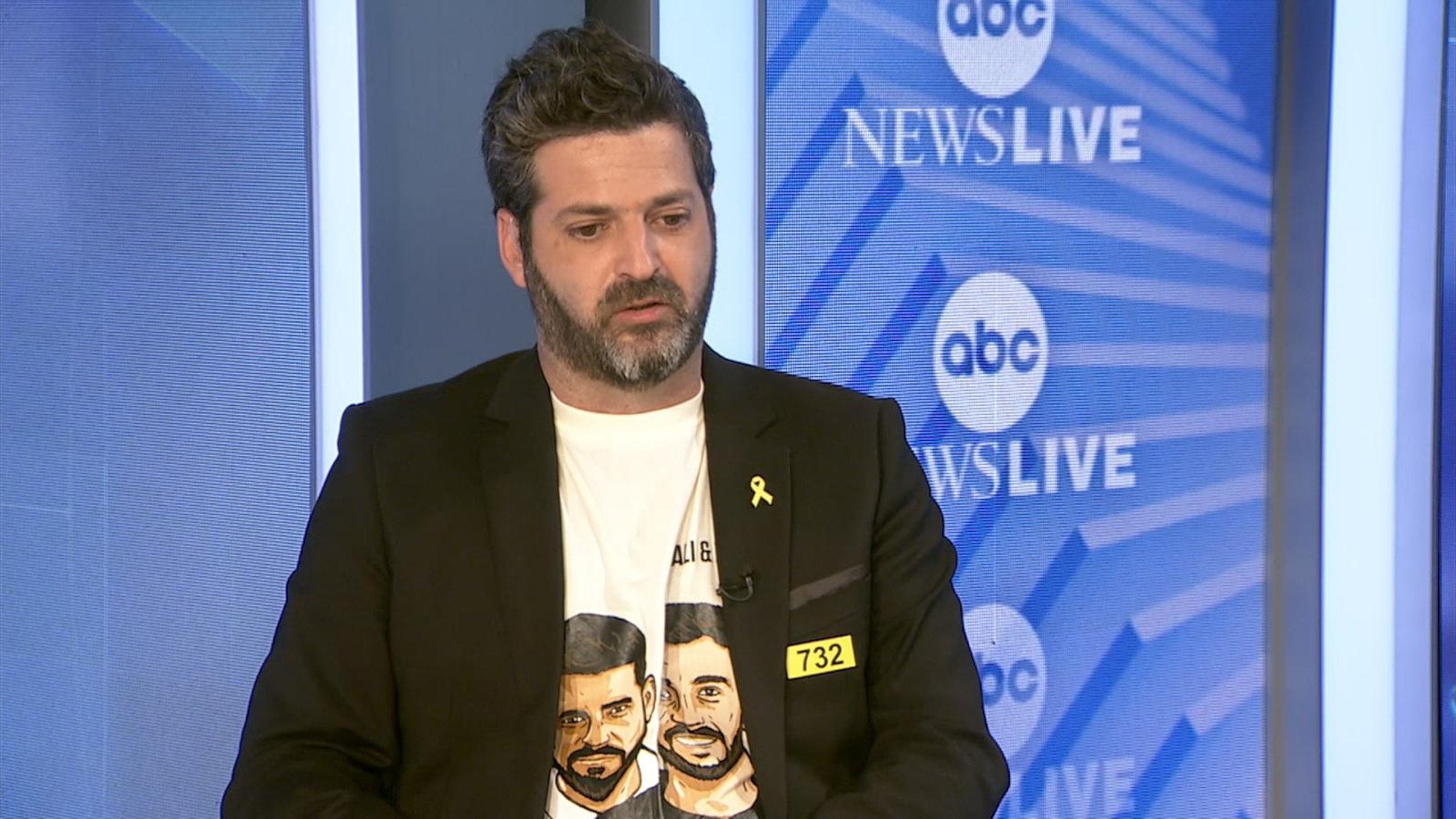Report on the Socio-Economic and Environmental Impacts of Overfishing in Senegal
Executive Summary
A recent study highlights the critical link between the overexploitation of marine resources in West Africa, particularly Senegal, and the perilous migration of its citizens to Europe. This report analyses these findings through the lens of the United Nations Sustainable Development Goals (SDGs), demonstrating a severe regression in key areas including marine conservation, poverty reduction, food security, and safe migration. The decades-long depletion of fish stocks by foreign and domestic fleets has dismantled local economies, threatening livelihoods and forcing individuals into life-threatening journeys.
SDG 14: Life Below Water – The Collapse of Marine Ecosystems
The core of the crisis is a failure to adhere to the principles of SDG 14, which calls for the conservation and sustainable use of oceans, seas, and marine resources. The situation in Senegal exemplifies a direct contravention of these goals.
- Overfishing and Stock Depletion: Intensive fishing, initiated by European vessels in the 1990s and later joined by Chinese fleets, has led to a drastic decline in fish populations. This directly violates SDG Target 14.4, which aims to end overfishing and restore fish stocks.
- Catch Volume Reduction: Senegal’s peak annual fish catches of over one million tonnes in the 1990s have been reduced by half in recent years.
- Specific Species Decline: Analysis shows a severe impact on key species:
- The Madeiran sardinella population is now classified as overfished.
- Other critical species, including round sardinella, chub mackerel, and horse mackerel, exhibit low to very low biomass.
- Destructive Competition: The modernisation of traditional pirogues, a response to competition from foreign fleets, has further intensified pressure on both high-value export species (tuna, octopus) and fish essential for local consumption.
SDGs 1, 2, & 8: The Human Cost of Environmental Degradation
The environmental crisis has precipitated a socio-economic catastrophe, undermining progress toward several fundamental SDGs.
- SDG 1 (No Poverty) & SDG 8 (Decent Work and Economic Growth): The collapse of the fisheries sector, a primary source of employment, has destroyed local livelihoods. The scarcity of fish has pushed thousands into poverty, eliminating opportunities for decent work and sustainable economic growth within coastal communities.
- SDG 2 (Zero Hunger): Food security has been severely compromised. Small pelagic fish, such as sardines, which were once a staple protein source for low-income families, are now increasingly diverted to industrial fishmeal and fish oil plants for export. This practice exacerbates hunger and malnutrition.
SDGs 10 & 16: Inequality, Justice, and the Migration Crisis
The depletion of marine resources is a direct driver of a deadly migration crisis, highlighting significant global inequalities and governance failures.
- SDG 10 (Reduced Inequalities): The situation underscores the deep inequality between nations that exploit resources and those that bear the consequences. The subsequent migration is far from the “orderly, safe, regular and responsible migration” called for in Target 10.7.
- In a single recent year, over 10,000 migrants died attempting to reach Europe from Africa.
- The Senegal-Gambia route alone accounted for 2,000 of these fatalities.
- SDG 16 (Peace, Justice and Strong Institutions): The crisis points to a failure of governance and institutional frameworks to manage fisheries agreements effectively and protect sovereign resources. The “incompatibility of interests” described by researchers indicates that existing policies favour foreign operators, undermining justice and stability for Senegalese citizens.
Analysis of Sustainable Development Goals (SDGs) in the Article
SDG 14: Life Below Water
- The article’s central theme is the “decades-long overexploitation of the marine fisheries resources” in Senegal. It directly addresses the health of marine ecosystems by highlighting the severe decline in fish populations, stating that key species like the Madeiran sardinella are “overfished” and that other species have “low to very low biomass.” The presence and impact of “high-capacity European vessels” and “foreign distant-water fleets” further connect the issue to the sustainable management of marine life.
SDG 8: Decent Work and Economic Growth
- The article links the fisheries crisis to economic hardship. The decline in fish stocks directly threatens the livelihoods of those involved in Senegal’s traditional, family-operated fishing sector. This economic pressure is identified as a primary driver for migration, as people are “pushing thousands to pursue a better life in Europe,” indicating a lack of sustainable and decent work opportunities locally.
SDG 1: No Poverty & SDG 2: Zero Hunger
- These goals are connected through the issue of food security and access to resources for low-income populations. The article states that “small fish such as sardines are now scarce and wherever is left is mostly diverted to fishmeal plants. These fish used to supply low-income consumers.” This diversion of a crucial food source directly impacts the nutritional and economic well-being of the poor, exacerbating hunger and poverty.
SDG 10: Reduced Inequalities
- The article highlights a significant inequality, describing an “incompatibility of interests” where foreign operators export high-value fish while local communities suffer from resource depletion. This dynamic creates inequality between nations and within Senegal. Furthermore, the resulting “deadly migration” is a stark symptom of the desperation caused by these inequalities, and the article points to a failure to provide safe and legal migration pathways.
SDG 16: Peace, Justice and Strong Institutions
- The situation described as the “plundering the country’s marine resources” points to a failure in governance and institutional capacity to regulate the fisheries sector effectively and protect national resources from overexploitation by both foreign and domestic fleets.
Identified SDG Targets
SDG 14: Life Below Water
- Target 14.4: By 2020, effectively regulate harvesting and end overfishing. The article is centered on the failure to meet this target, detailing how Senegal’s fish stocks have been overexploited since the 1990s. It notes that catches have “dropped by half in recent years” and that key stocks like the Madeiran sardinella are confirmed to be “overfished.”
- Target 14.b: Provide access for small-scale artisanal fishers to marine resources and markets. The article shows this target is not being met. Senegal’s traditional “pirogues” are in direct competition with “foreign distant-water fleets,” and the diversion of small fish to fishmeal plants instead of local markets undermines the access of small-scale fishers and low-income consumers to these resources.
SDG 10: Reduced Inequalities
- Target 10.7: Facilitate orderly, safe, regular and responsible migration and mobility of people. The article highlights a complete failure to achieve this target by describing migration as a “deadly route.” The fact that “over 10,000 people leaving African shores died on their way to European countries” in a single year is a direct contradiction of the goal for safe and orderly migration.
SDG 2: Zero Hunger
- Target 2.1: By 2030, end hunger and ensure access by all people… to safe, nutritious and sufficient food. The article indicates a regression from this target. The scarcity of sardines, which “used to supply low-income consumers,” demonstrates a clear threat to food security for vulnerable populations in Senegal.
Implied or Mentioned Indicators
For Target 14.4 (End overfishing)
- Indicator 14.4.1 (Proportion of fish stocks within biologically sustainable levels): The article provides direct data for this indicator. It states that the Madeiran sardinella is “overfished” and that an analysis of another ten species found that “most have low to very low biomass.” This explicitly measures the status of fish stocks against sustainable levels.
- Catch data: The article mentions that “peak catches in the 1990s when over one million tonnes of fish were caught per year” have since “dropped by half.” This data on total catch volume over time is a key metric used to assess fishing pressure and stock health.
For Target 10.7 (Safe migration)
- Indicator 10.7.3 (Number of people who died or disappeared in the process of migration): The article provides precise figures that serve as this indicator. It reports that “over 10,000 people leaving African shores died on their way to European countries” and that “2,000 people took the Senegal-Gambia route,” directly measuring the human cost of unsafe migration.
For Target 2.1 (End hunger)
- Indicator (Implied): Prevalence of food insecurity: The article implies a rise in food insecurity. The statement that sardines, a key protein source for “low-income consumers,” are now “scarce” and “diverted to fishmeal plants” serves as a qualitative indicator of reduced food access and availability for the poor.
Summary of Findings
| SDGs | Targets | Indicators |
|---|---|---|
| SDG 14: Life Below Water | 14.4: End overfishing and restore fish stocks. 14.b: Provide access for small-scale artisanal fishers to marine resources. |
14.4.1: Proportion of fish stocks within biologically sustainable levels (explicitly mentioned as “overfished” and having “low to very low biomass”). Catch Data: Annual catch dropped from over 1 million tonnes to half that figure. |
| SDG 10: Reduced Inequalities | 10.7: Facilitate orderly, safe, regular and responsible migration. | 10.7.3: Number of migrant deaths (mentioned as “over 10,000 people” died, with “2,000” on the Senegal-Gambia route). |
| SDG 2: Zero Hunger | 2.1: End hunger and ensure access to food for all. | Prevalence of food insecurity (Implied): Scarcity of sardines, which “used to supply low-income consumers.” |
| SDG 8: Decent Work and Economic Growth | 8.5: Achieve full and productive employment and decent work for all. | Loss of Livelihoods (Implied): The collapse of the local fishing economy is pushing thousands to migrate for a “better life.” |
| SDG 1: No Poverty | 1.2: Reduce poverty in all its dimensions. | Economic Hardship (Implied): The loss of fisheries, a key economic sector, drives poverty and desperate migration. |
| SDG 16: Peace, Justice and Strong Institutions | 16.6: Develop effective, accountable and transparent institutions. | Institutional Failure (Implied): The “plundering” of marine resources suggests a lack of effective governance and regulation. |
Source: oceanographicmagazine.com







